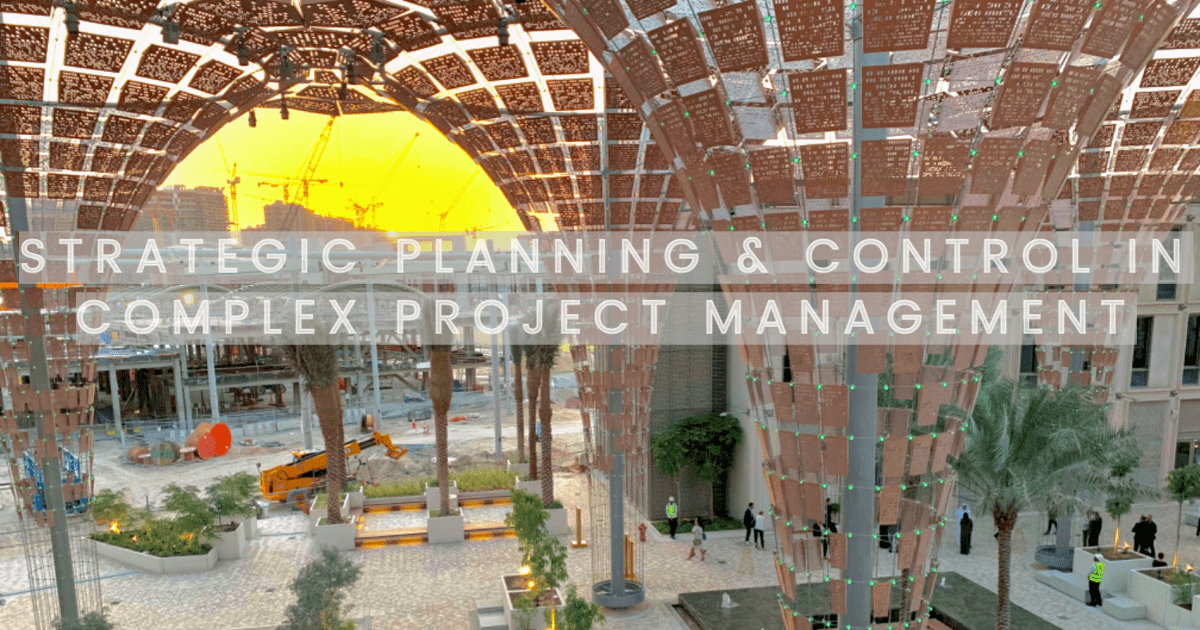Strategic Planning and Control in Complex Project Management
A special issue of Buildings (ISSN 2075-5309). This special issue belongs to the section "Construction Management, and Computers & Digitization".
Deadline for manuscript submissions: closed (30 April 2024) | Viewed by 5740

Special Issue Editors
Interests: interface management; project network; program management; coordination; international project management
Interests: hydropower development; energy management; hydropower construction management; risk management; partnering
Special Issues, Collections and Topics in MDPI journals
Interests: stakeholder engagement; data-driven analysis; megaproject; complex adaptive system; dynamic project analytics
Special Issue Information
Dear Colleagues,
This Special Issue “Strategic Planning and Control in Complex Project Management” aims to publish research related to innovative theories, approaches, or practices for improving planning and control in complex projects/programs/portfolios. Multi-disciplinary research is essential in this area due to the inherent complexity and challenges associated with managing large-scale projects. By integrating insights from multiple disciplines, this Special Issue intends to contribute comprehensive frameworks and strategies to effectively navigate and control complex projects.
Original theoretical and experimental work, case studies, and comprehensive review papers are invited. Relevant topics to this Special Issue include but are not limited to the following subjects:
- Strategic alignment between projects in megaproject/program/portfolio contexts;
- Innovative approaches in strategic planning and control in complex projects;
- Strategic management for inter-organizational/intra-organizational relationships in complex projects;
- The strategic roles for planning and control in the design, procurement, and construction phases;
- Risk management for planning and control in complex projects;
- Interface management in complex projects/programs/portfolios;
- Stakeholder engagement in project planning and control;
- The creation and exploitation of different competencies in strategic planning;
- Strategic project planning and control under climate change;
- Strategic project planning and control in VUCA (volatility, uncertainty, complexity, ambiguity) environments;
- The use of information technologies in strategic planning and control;
- Other relevant topics in strategic planning and control.
Dr. Wenxin Shen
Prof. Dr. Wenzhe Tang
Dr. Jin Xue
Guest Editors
Manuscript Submission Information
Manuscripts should be submitted online at www.mdpi.com by registering and logging in to this website. Once you are registered, click here to go to the submission form. Manuscripts can be submitted until the deadline. All submissions that pass pre-check are peer-reviewed. Accepted papers will be published continuously in the journal (as soon as accepted) and will be listed together on the special issue website. Research articles, review articles as well as short communications are invited. For planned papers, a title and short abstract (about 100 words) can be sent to the Editorial Office for announcement on this website.
Submitted manuscripts should not have been published previously, nor be under consideration for publication elsewhere (except conference proceedings papers). All manuscripts are thoroughly refereed through a single-blind peer-review process. A guide for authors and other relevant information for submission of manuscripts is available on the Instructions for Authors page. Buildings is an international peer-reviewed open access monthly journal published by MDPI.
Please visit the Instructions for Authors page before submitting a manuscript. The Article Processing Charge (APC) for publication in this open access journal is 2600 CHF (Swiss Francs). Submitted papers should be well formatted and use good English. Authors may use MDPI's English editing service prior to publication or during author revisions.
Keywords
- strategic management
- project planning
- project control
- project management
- program management
- portfolio management
- megaproject management
- risk management







